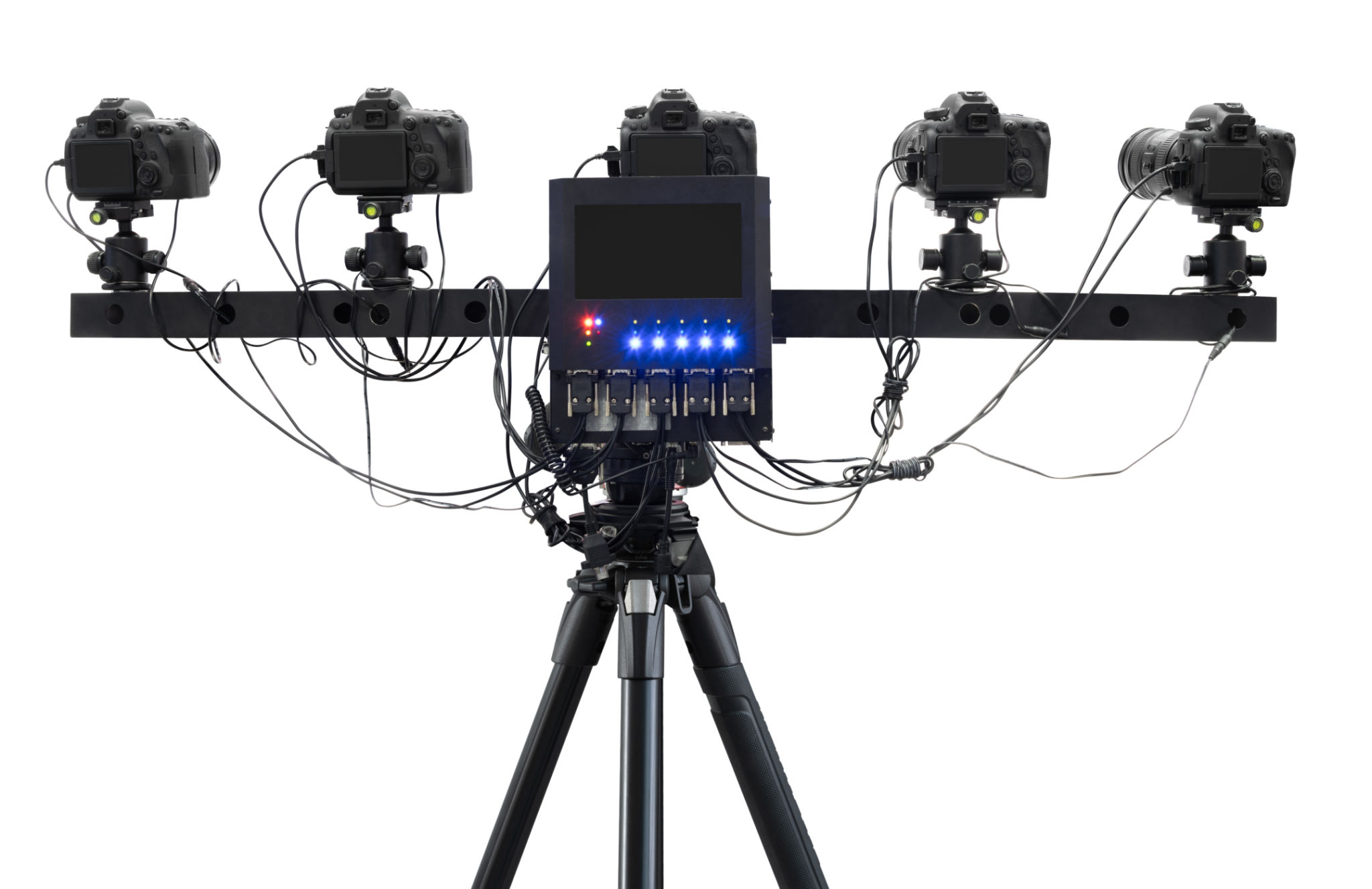Mastering Multicamera Live Captation: A Comprehensive Guide
In the world of live events and broadcasts, mastering multicamera live captation is essential for delivering a seamless and engaging viewer experience. Whether you're covering a concert, conference, or sports game, using multiple cameras can enhance the storytelling and capture every critical moment.

Understanding the Basics of Multicamera Production
Before diving into the complexities of multicamera setups, it's crucial to grasp the basic principles. Multicamera production involves using two or more cameras to record or broadcast an event simultaneously. This technique allows for dynamic switching between different angles, offering a more immersive experience for the audience.
The key to successful multicamera production lies in synchronization. All cameras must be aligned in terms of timing and exposure to ensure consistent footage. This requires careful planning and coordination among the camera operators and technical crew.
Choosing the Right Equipment
Selecting the appropriate equipment is critical for achieving high-quality results. Here are some essential components:
- Cameras: Depending on the scale of the production, you may use DSLRs, camcorders, or professional-grade cameras. Ensure all cameras are compatible and have similar capabilities.
- Switchers: A video switcher allows you to toggle between different camera feeds seamlessly. Choose one that supports the number of cameras you plan to use.
- Audio Equipment: Clear audio is as important as video quality. Use microphones and mixers that can handle multiple audio sources.

Setting Up Your Multicamera System
Setting up a multicamera system involves strategic positioning and configuration. Start by mapping out the venue to determine optimal camera locations. Consider factors like lighting, focal points, and movement paths to ensure comprehensive coverage.
Once the cameras are positioned, connect them to the switcher using appropriate cables. Test all connections to prevent technical issues during the live event. It's also advisable to have a backup plan in case of equipment failure.
Managing a Multicamera Production
Effective management is crucial for a smooth multicamera production. Assign roles to your team members, such as camera operators, technical directors, and audio engineers. Clear communication is vital, so consider using headsets or intercom systems.
During the event, the technical director will control the switcher, deciding which camera feed to broadcast at any given moment. This role requires quick decision-making to ensure that the most compelling angles are displayed.

Post-Production Considerations
After the event, the footage may require editing to create a polished final product. Post-production involves color correction, audio synchronization, and adding graphics or overlays if needed. The goal is to enhance the viewing experience while maintaining the live essence.
Software like Adobe Premiere Pro or Final Cut Pro can be used to edit multicamera footage. These tools offer multicamera editing features that simplify the process of aligning and switching between different camera angles.
Tips for Success
Here are some additional tips to ensure successful multicamera live captation:
- Conduct a thorough rehearsal to identify potential issues and make necessary adjustments.
- Maintain constant communication among the team to address any unexpected challenges quickly.
- Always monitor the live feed to ensure quality and address any technical glitches immediately.
Mastering multicamera live captation requires a blend of technical knowledge, teamwork, and creativity. With the right approach, you can produce captivating live content that resonates with your audience.
